How to Choose the Right Rod for Fly Fishing
Fly fishing, with its graceful casts and delicate presentations, stands apart from other angling methods. At the heart of this distinctive technique lies the fly rod—your primary tool for delivering flies to fish with precision and finesse. Selecting the appropriate fly rod isn’t merely about picking the most expensive or visually appealing option; it’s about finding the perfect extension of your fishing style that complements your skill level, target species, and fishing environment. A well-matched rod enhances your casting efficiency, reduces fatigue, and ultimately improves your success rate on the water.
Whether you’re a beginner stepping into the rhythmic world of fly fishing or an experienced angler looking to expand your arsenal, understanding the nuances of fly rod selection will significantly enhance your experience on the water.
Understanding Fly Rod Weight Ratings

Fly rods are categorized by weight ratings, typically ranging from 1-weight (ultralight) to 14-weight (extremely heavy), with each weight designed for specific fishing scenarios. A rod’s weight rating doesn’t refer to the physical weight of the rod itself but rather indicates the appropriate line weight the rod is designed to cast efficiently. Lighter weight rods (1-4 weights) excel at delicate presentations for smaller fish species like brook trout in small streams, where accuracy rather than distance is paramount. Mid-weight rods (5-7 weights) offer versatility for medium-sized streams and rivers, handling everything from trout to smaller bass with ease.
Heavier weight rods (8-14 weights) are engineered for larger species like steelhead, salmon, and saltwater targets where casting power and fish-fighting capability become essential considerations.
Rod Length Considerations
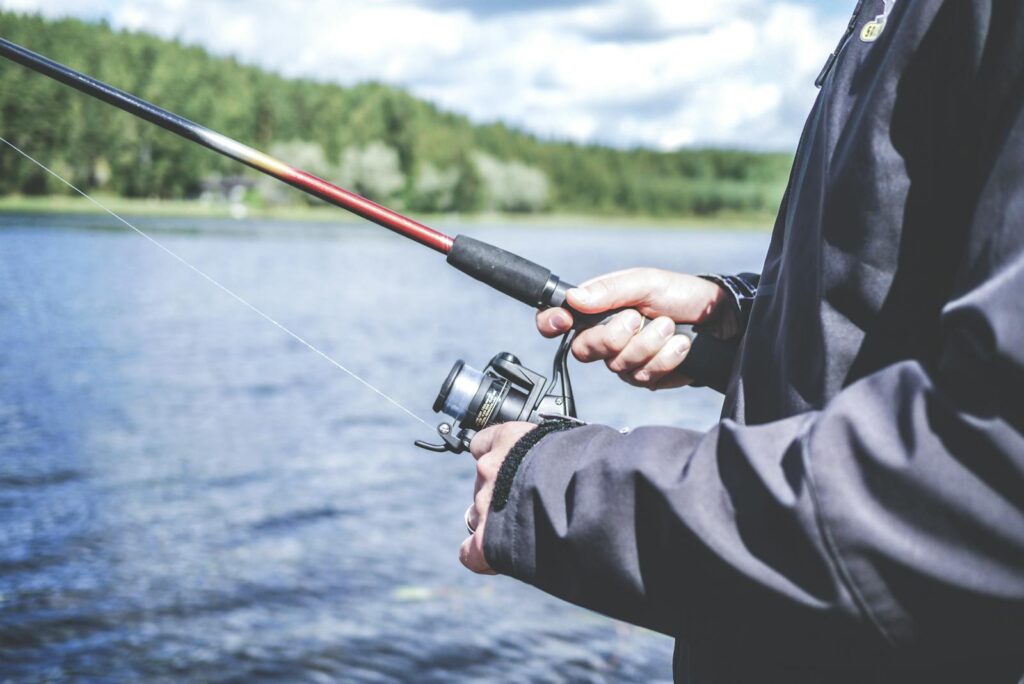
Fly rod lengths typically range from 6 to 14 feet, with each length offering distinct advantages in specific fishing environments. Shorter rods (6-8 feet) excel in tight quarters with overhanging vegetation, making them ideal for small streams and brook fishing where casting space is limited. Medium-length rods (8.5-9 feet) represent the most versatile option, balancing casting distance with control and serving as excellent all-around choices for most freshwater situations. Longer rods (10-14 feet) provide superior line control for techniques like nymphing, where keeping line off the water improves drift quality, and offer advantages when fishing larger rivers or from boats where added reach becomes beneficial.
When selecting rod length, consider not only where you’ll be fishing most frequently but also your height and physical capabilities, as longer rods may feel unwieldy for smaller anglers.
Rod Action Explained

Rod action describes how much a rod bends when flexed and where along the blank that flexing occurs, significantly affecting casting feel and performance. Fast-action rods flex primarily in the upper third of the blank, providing powerful, distance-oriented casts with quick recovery that excel in windy conditions but demand more precise timing from the angler. Medium-action rods bend through the upper half of the blank, offering a balanced compromise between power and forgiveness that suits a wide range of fishing situations and skill levels.
Slow-action rods flex deeply, sometimes throughout the entire blank, delivering smooth, gentle presentations perfect for protecting light tippets and enhancing feel during the fight, though they typically sacrifice some distance capability. Your casting style, experience level, and the type of fishing you plan to do should guide your action selection—beginners often benefit from medium to medium-slow actions that forgive timing errors.
Rod Material and Construction
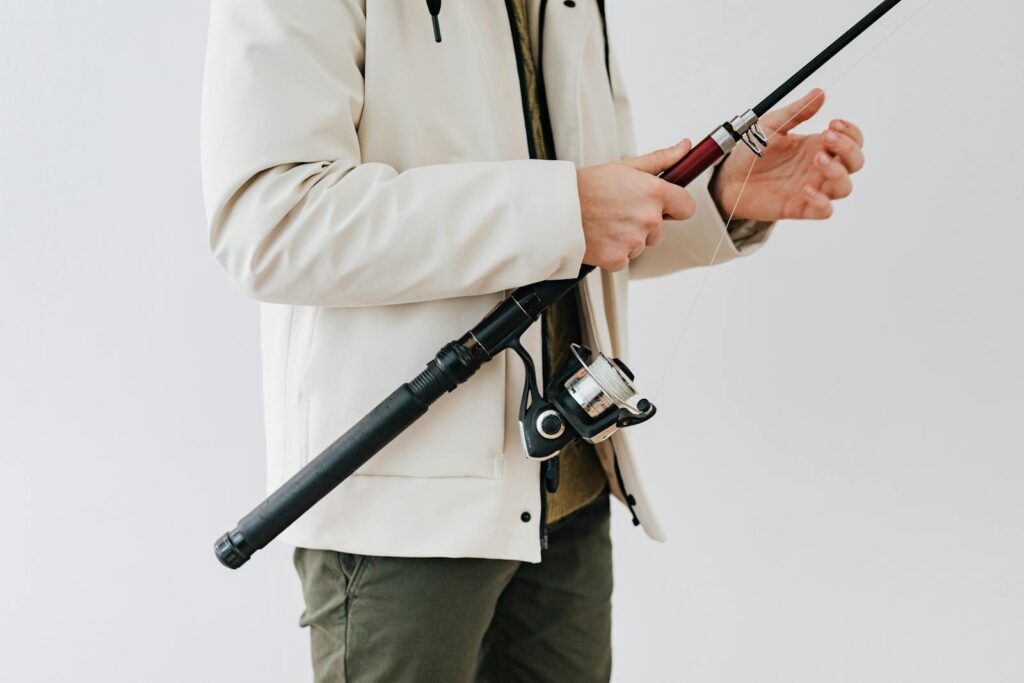
Modern fly rods are crafted from various materials, each offering distinct performance characteristics and price points. Graphite dominates today’s market, providing exceptional strength-to-weight ratios with models ranging from affordable entry-level rods to premium offerings featuring high-modulus graphite that enhances sensitivity and reduces weight. Fiberglass rods have experienced a renaissance among anglers appreciating their smooth, full-flex action that excels at protecting light tippets and offering a more deliberate, nostalgic casting experience. Bamboo rods represent the traditional pinnacle of fly rod craftsmanship, hand-split and meticulously crafted to provide unparalleled feel and aesthetic beauty, though at premium prices that reflect their labor-intensive construction.
Some contemporary rods incorporate composite designs, blending materials to capture specific performance attributes while minimizing drawbacks, such as combining graphite’s lightweight properties with fiberglass’s smooth loading characteristics.
Matching Your Rod to Target Species
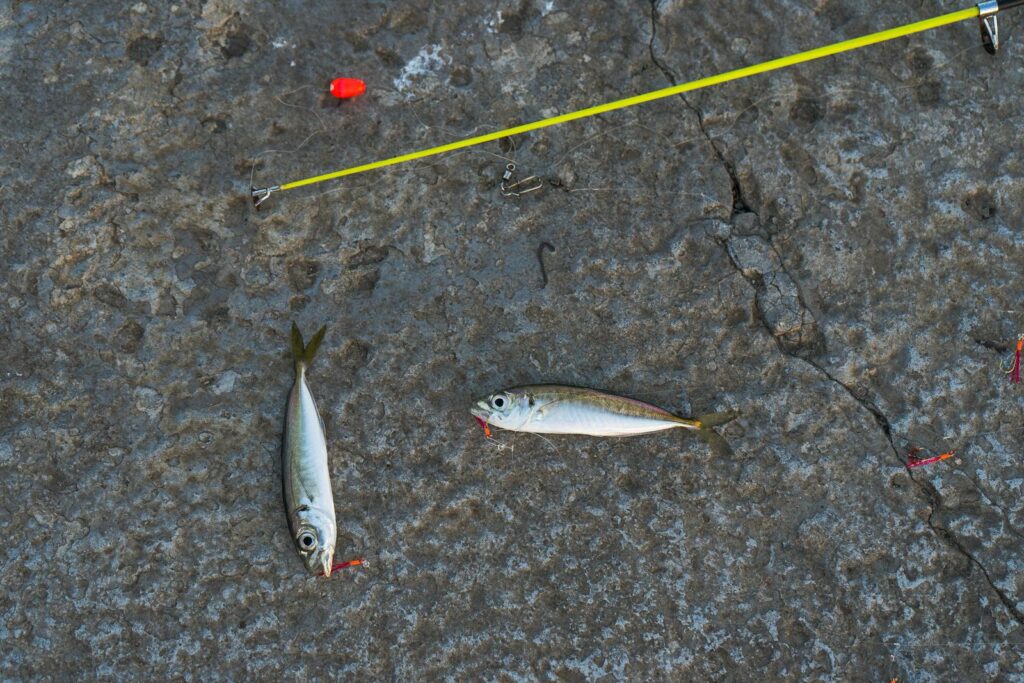
Selecting a rod weight appropriate for your target species ensures both effective presentation and adequate fish-fighting capability. For small to medium-sized trout in streams and rivers, 3-5 weight rods provide the finesse needed for delicate presentations while protecting light tippets during the fight. When pursuing larger trout, steelhead, or bass, stepping up to 6-8 weight rods offers the backbone necessary to cast larger flies and control powerful fish in stronger currents. Saltwater species and large freshwater targets like pike, muskie, and salmon demand 8-12 weight rods capable of launching heavy flies against ocean winds and subduing powerful fighters.
Consider not only the average size of your target species but also the largest potential catch you might encounter—being slightly over-gunned is preferable to being severely under-equipped when a trophy fish takes your fly.
Considering Your Fishing Environment
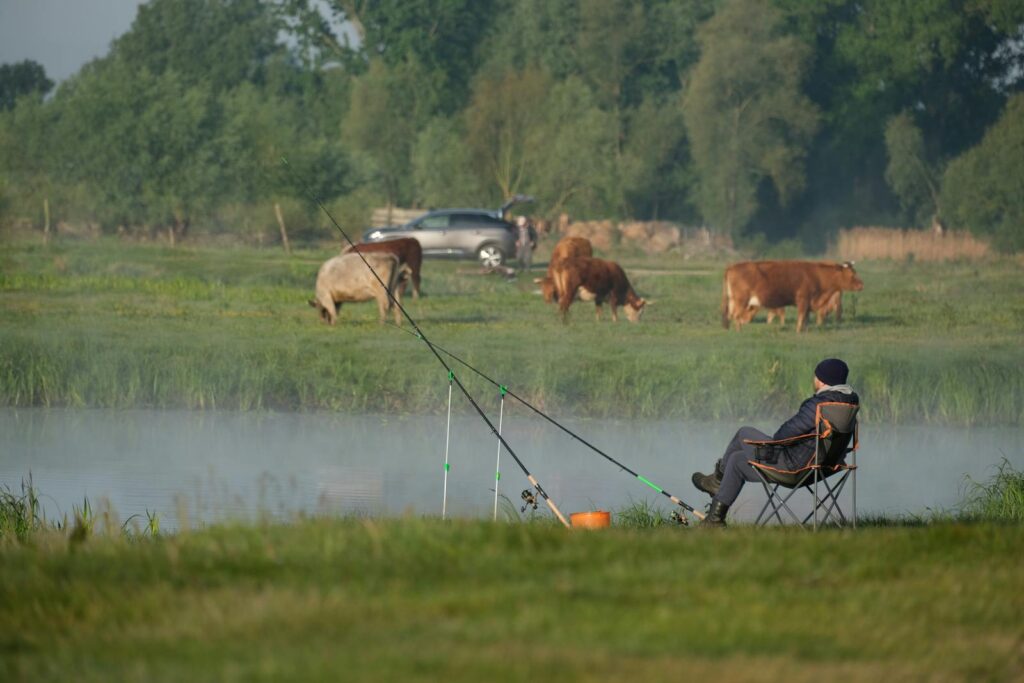
Your primary fishing locations should heavily influence rod selection, as environmental factors create specific casting and presentation challenges. Small, brushy streams with tight quarters call for shorter rods (7-8 feet) in lighter weights (2-4) that allow precise casts beneath overhanging vegetation where longer rods would prove cumbersome. Medium to large rivers benefit from standard 9-foot rods in 5-6 weights, providing balanced performance for varied techniques from dry fly fishing to nymphing across moderate distances. Lakes and ponds often demand longer casts to reach cruising fish, making 9-foot medium-fast to fast action rods in 5-7 weights advantageous for covering water efficiently.
Saltwater environments present the most demanding conditions, requiring fast-action rods in 8-12 weights with corrosion-resistant components to handle powerful winds, larger flies, and aggressive fish while withstanding the corrosive effects of salt exposure.
Rod Components and Quality Markers
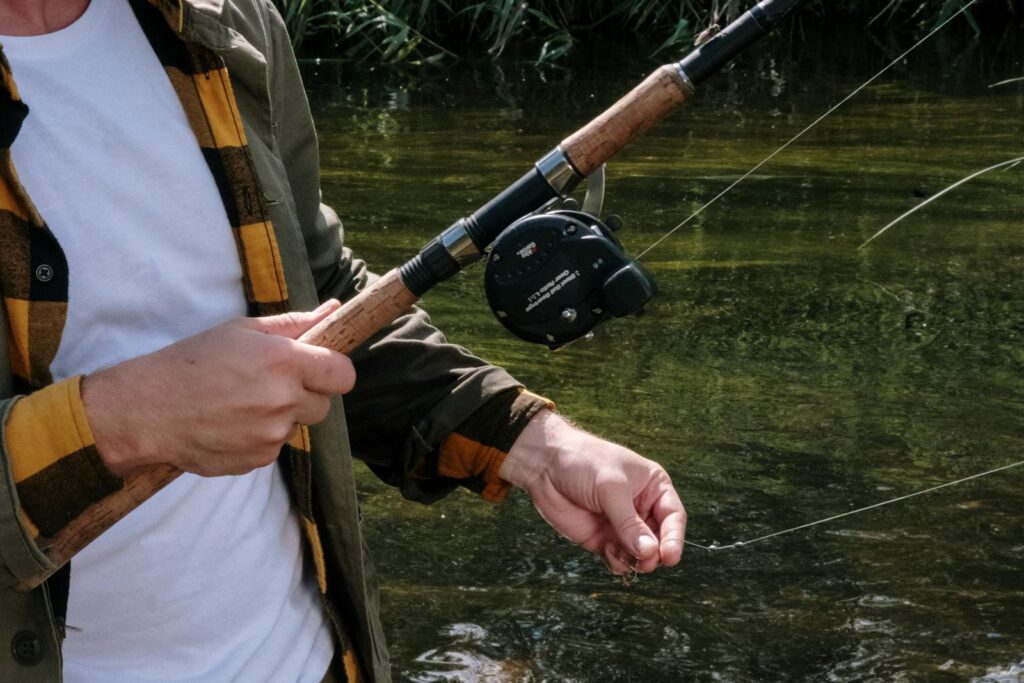
Beyond the blank itself, a fly rod’s components significantly impact performance, durability, and overall fishing experience. Guide quality deserves careful attention, with premium rods featuring lightweight, corrosion-resistant guides that minimize line friction during casting and retrieving. The reel seat should provide secure mounting without excess weight, with anodized aluminum or machined components offering superior durability compared to plastic alternatives. Cork quality varies dramatically across price points, with higher-end rods featuring dense, uniform cork free from fillers that provides better grip when wet and greater durability over years of use.
Warranty coverage often reflects manufacturer confidence, with premium brands typically offering lifetime guarantees that protect your investment against manufacturing defects and accidental breakage, though terms vary significantly between manufacturers.
Multi-Piece Versus One-Piece Rods
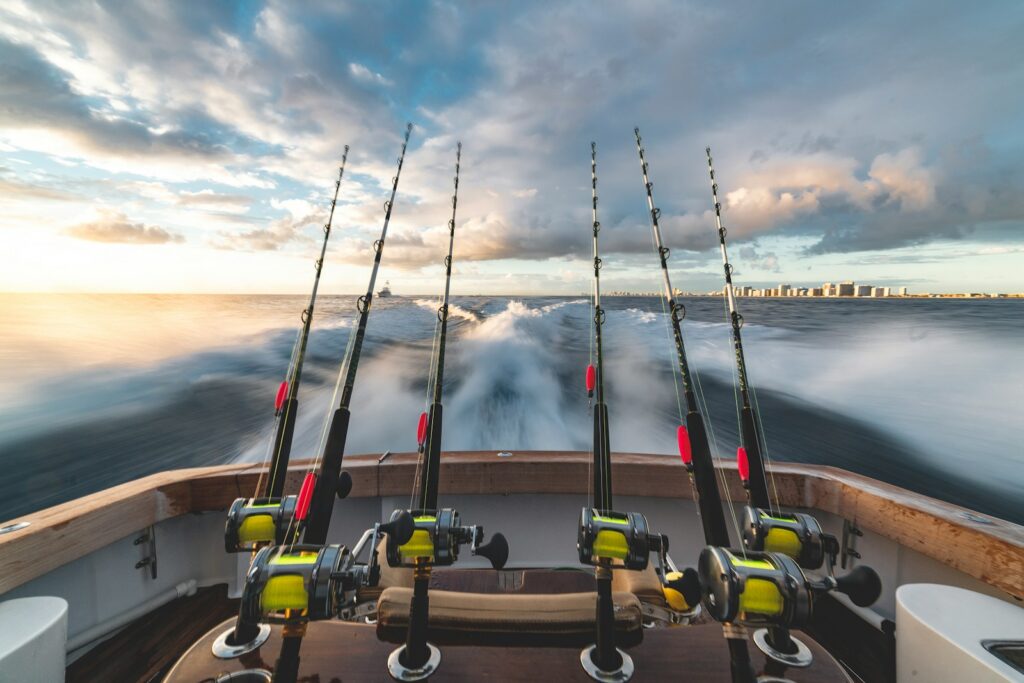
Modern fly rods come in various configurations, from one-piece designs to multi-section models that break down for transportation. Two-piece rods represent a traditional compromise, offering reasonable portability while minimizing connection points that could potentially affect performance. Four-piece rods have become the industry standard, providing excellent packability for travel while utilizing precision ferrule systems that maintain blank integrity and performance nearly indistinguishable from one-piece designs. Travel rods featuring 5+ sections prioritize extreme portability, fitting into suitcases or backpacks, though multiple connection points may slightly impact overall feel and performance compared to rods with fewer sections.
When choosing between configurations, honestly assess your transportation needs—if you’ll primarily fish local waters and transport your rod fully assembled in a vehicle, ferrule count matters less than for the angler who frequently travels by air or hikes long distances to remote fishing locations.
Budget Considerations and Value Assessment
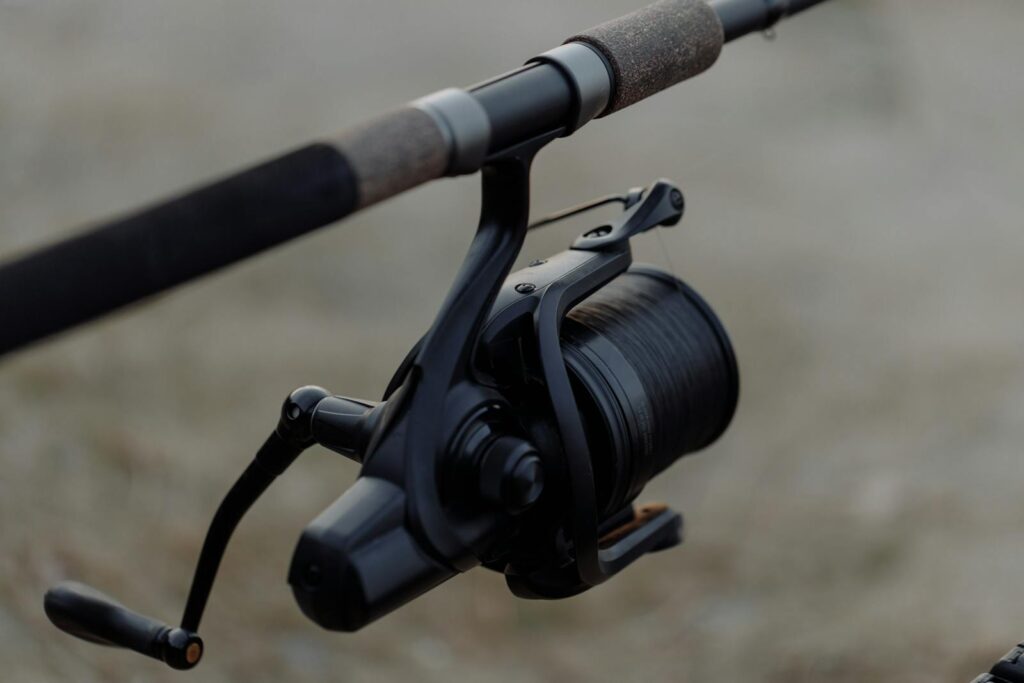
Fly rod prices span an extraordinary range, from entry-level models under $100 to premium offerings exceeding $1,000, making budget a significant consideration for most anglers. Entry-level rods ($100-200) provide functional performance sufficient for beginners, though they may lack refinement in casting feel and component quality. Mid-range rods ($200-500) offer substantial performance improvements with better components and refined actions that satisfy most recreational anglers’ needs without breaking the bank. Premium rods ($500+) deliver incremental performance advantages through cutting-edge materials, impeccable craftsmanship, and refined actions that experienced anglers can appreciate.
When assessing value, consider not only initial cost but also warranty coverage, versatility across fishing situations, and potential longevity—sometimes investing more initially provides better long-term value through superior durability and broader applicability across fishing scenarios.
Testing Before Purchasing

Whenever possible, test-casting rods before purchase provides invaluable insight beyond specifications and reviews, allowing you to experience how a rod matches your casting style and preferences. Specialty fly shops often maintain demo programs allowing on-water testing, providing the most realistic assessment of how a rod performs in actual fishing conditions. When shop-testing isn’t possible, attend manufacturer demo days or fly fishing shows where multiple rods can be compared side-by-side on casting ponds under expert guidance.
During testing, focus on how the rod loads and unloads with your casting stroke, whether it feels comfortable at your typical casting distances, and if it handles the fly sizes you commonly use. Pay particular attention to casting comfort over extended periods, as a rod that feels impressive for a few casts may cause fatigue during a full day on the water if it doesn’t match your natural casting rhythm.
Rod Versatility Versus Specialization
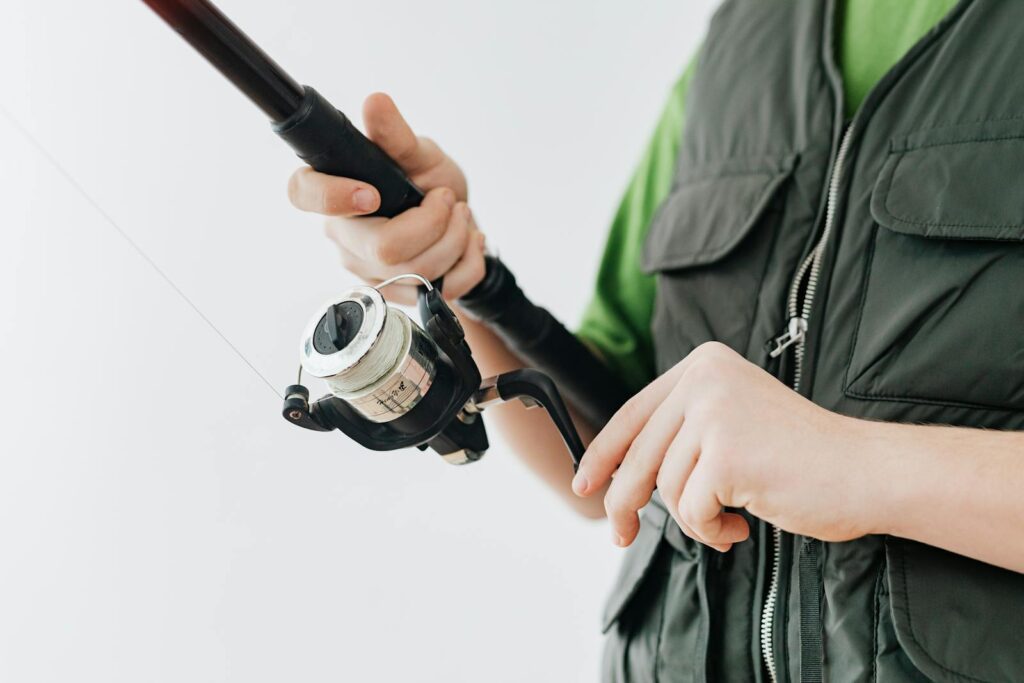
Anglers must decide between versatile all-around rods and specialized tools optimized for specific techniques or environments. Versatile rods, typically 9-foot 5 or 6-weights with medium-fast actions, perform adequately across multiple fishing scenarios and techniques, making them excellent first-rod choices or core pieces in a developing collection. Specialized rods excel at particular applications—3-weight soft-action rods for small stream dry fly fishing, 11-foot 3-weights for European nymphing, or 12-weight fast-action rods for tarpon—delivering superior performance in their intended niche at the cost of versatility.
Your decision should reflect both your fishing variety and quiver depth; anglers with limited budgets or focused fishing styles might prioritize either versatility or specialization accordingly. For many anglers, building a collection begins with a versatile foundation rod, then adds specialized tools as experience, interest, and budget allow for targeting specific fishing scenarios.
Matching Rod to Your Skill Level
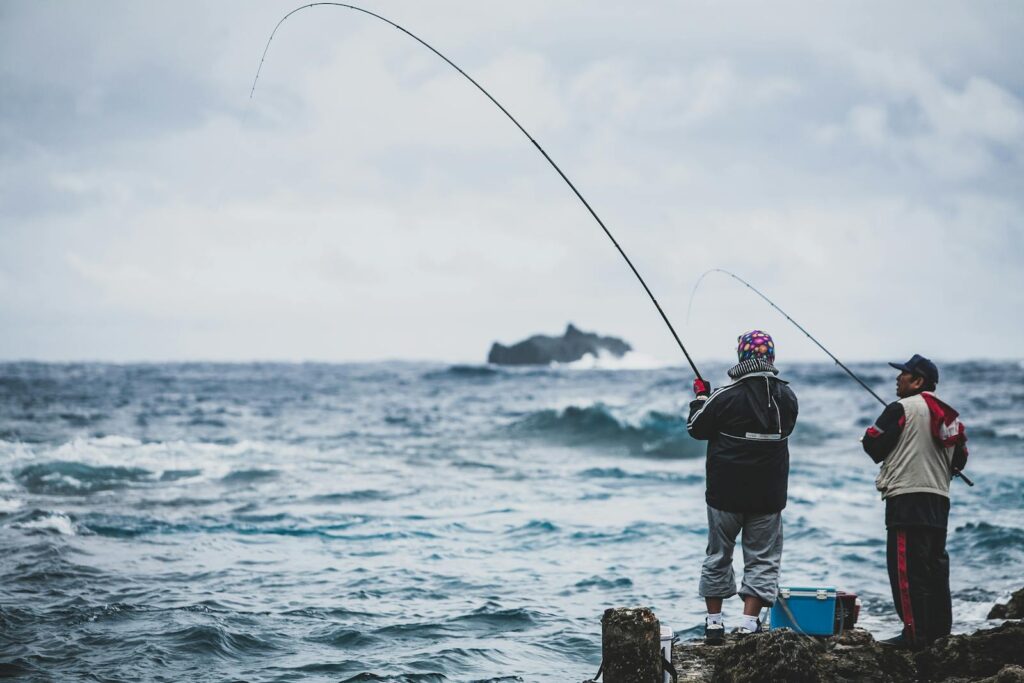
Your current casting proficiency should significantly influence rod selection, as different actions and weights complement various skill levels. Beginners typically benefit from medium to medium-slow action rods that load easily and forgive timing errors, making the learning process more rewarding by allowing successful casts while developing technique. Intermediate anglers often appreciate medium-fast actions that balance forgiveness with performance, providing room for skill growth while delivering satisfying results across varied fishing situations.
Advanced casters can fully utilize fast-action rods that demand precise timing but reward proper technique with superior distance, accuracy, and wind-cutting capability. Be realistic about your current abilities rather than aspirational—a rod that matches where you are now will provide more enjoyment and success than one that requires skills you haven’t yet developed, regardless of its premium status or advanced capabilities.
Maintaining and Caring for Your Investment

Proper maintenance extends your fly rod’s life and preserves its performance characteristics, protecting your investment for years of service. After each fishing session, particularly in saltwater environments, rinse your rod with fresh water and wipe it dry to prevent corrosion of metal components and deterioration of finish. Always disassemble multi-piece rods for storage, ensuring ferrules are completely dry before assembly or disassembly to prevent sections from sticking together or developing corrosion. Store rods horizontally in protective tubes or cases away from heat sources, direct sunlight, and high humidity that can damage both the blank and components over time.
Regular inspection of guide wraps, tip tops, and ferrule fittings allows early detection of potential issues before they lead to catastrophic failures, with prompt professional repair addressing minor problems before they compromise the rod’s integrity.
The Complete Package: Rod, Reel, and Line Harmony
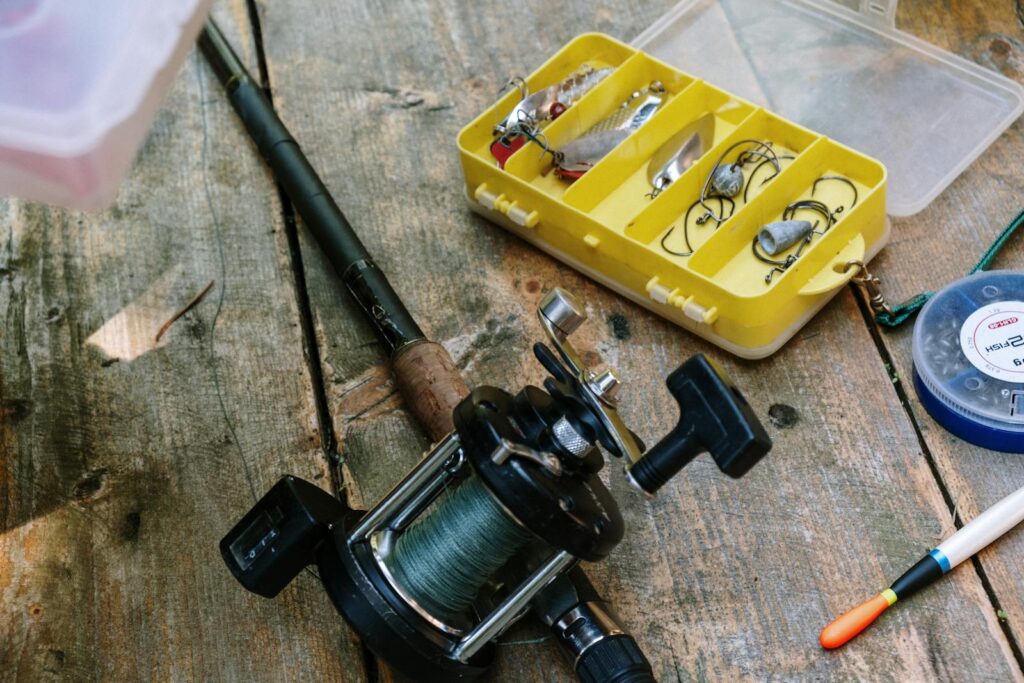
A fly fishing outfit performs best when all components—rod, reel, and line—work in harmonious balance rather than as isolated pieces. The reel should balance the rod physically, creating a comfortable fulcrum point that reduces fatigue during lengthy fishing sessions. Line selection proves crucial to maximizing rod performance, with weight-forward floating lines matched to the rod’s designated weight rating providing optimal loading characteristics for most situations. Consider specialty lines for specific applications—sink tips for reaching deeper water, double-taper lines for delicate presentations, or overweighted lines for loading faster rods at shorter distances.
This systems approach to outfit assembly ensures each component complements the others, creating a balanced package that performs better than the sum of its individual parts and maximizes your effectiveness and enjoyment on the water.
Conclusion
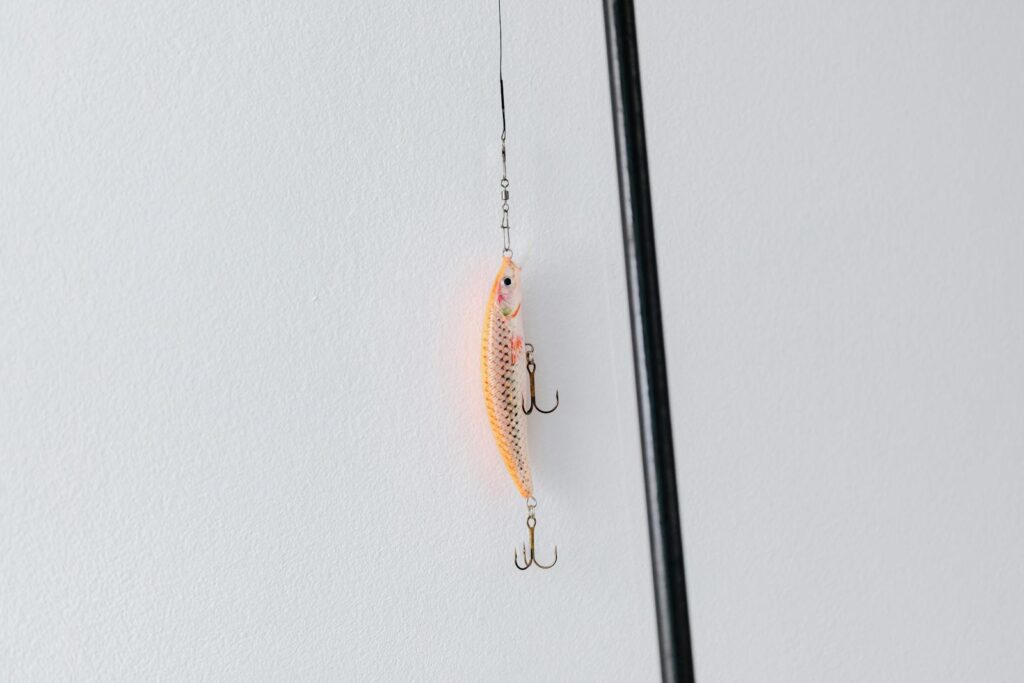
Selecting the right fly rod represents a deeply personal decision reflecting your fishing style, environments, target species, and even physical attributes. While technical specifications provide valuable guidance, the perfect rod ultimately comes down to how it feels in your hand and performs with your casting stroke. Begin your selection process by honestly assessing where and how you’ll fish most frequently, then narrow options based on appropriate weight, length, and action. Consider your budget realistically, recognizing that while premium rods offer refinements, many mid-range options provide excellent performance that will serve most anglers admirably.
Remember that many accomplished anglers develop rod collections over time, starting with versatile models and adding specialized tools as their skills and interests evolve. With careful consideration of the factors we’ve explored, you’ll find a rod that not only meets your technical needs but also becomes a trusted companion in your fly fishing journey.
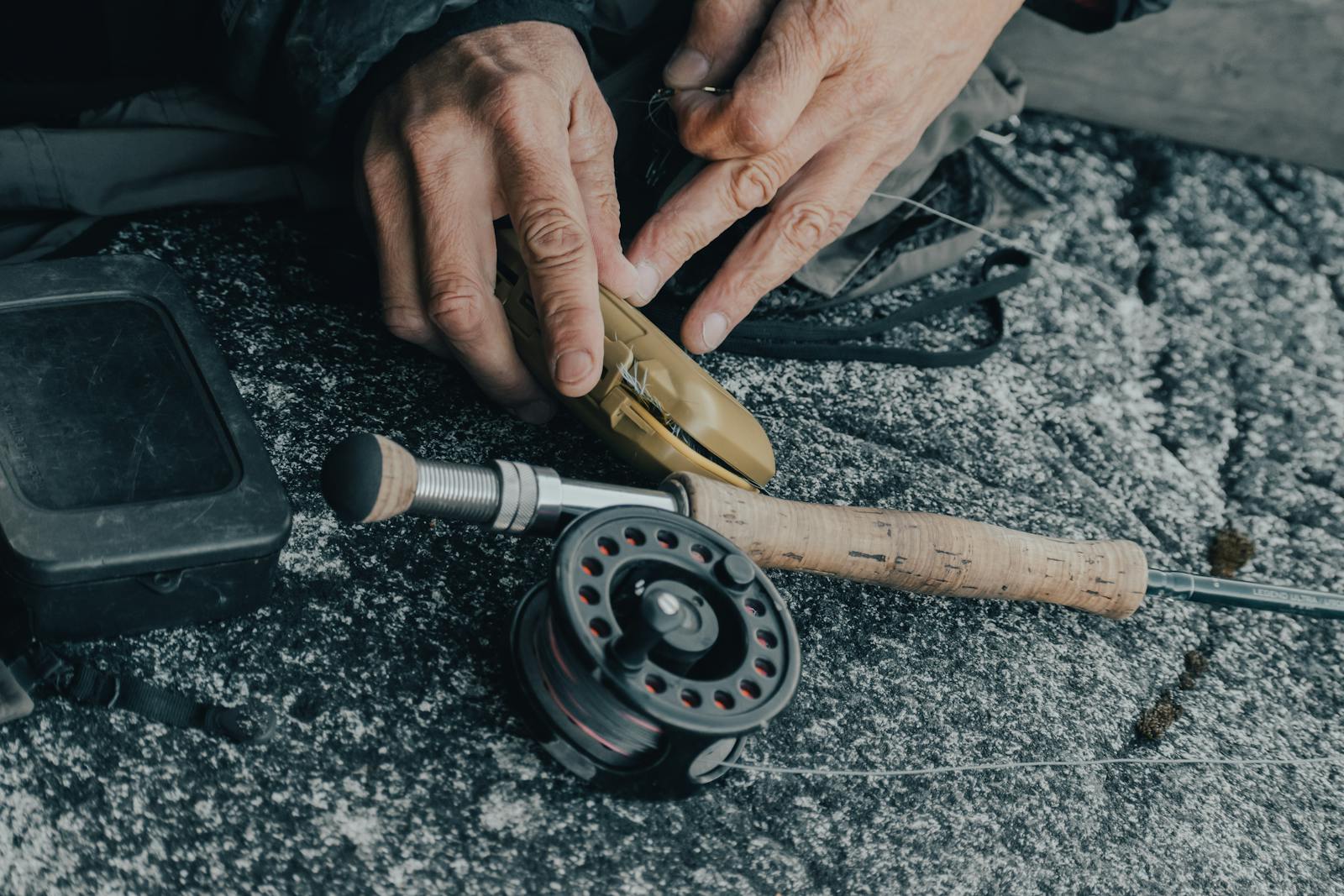


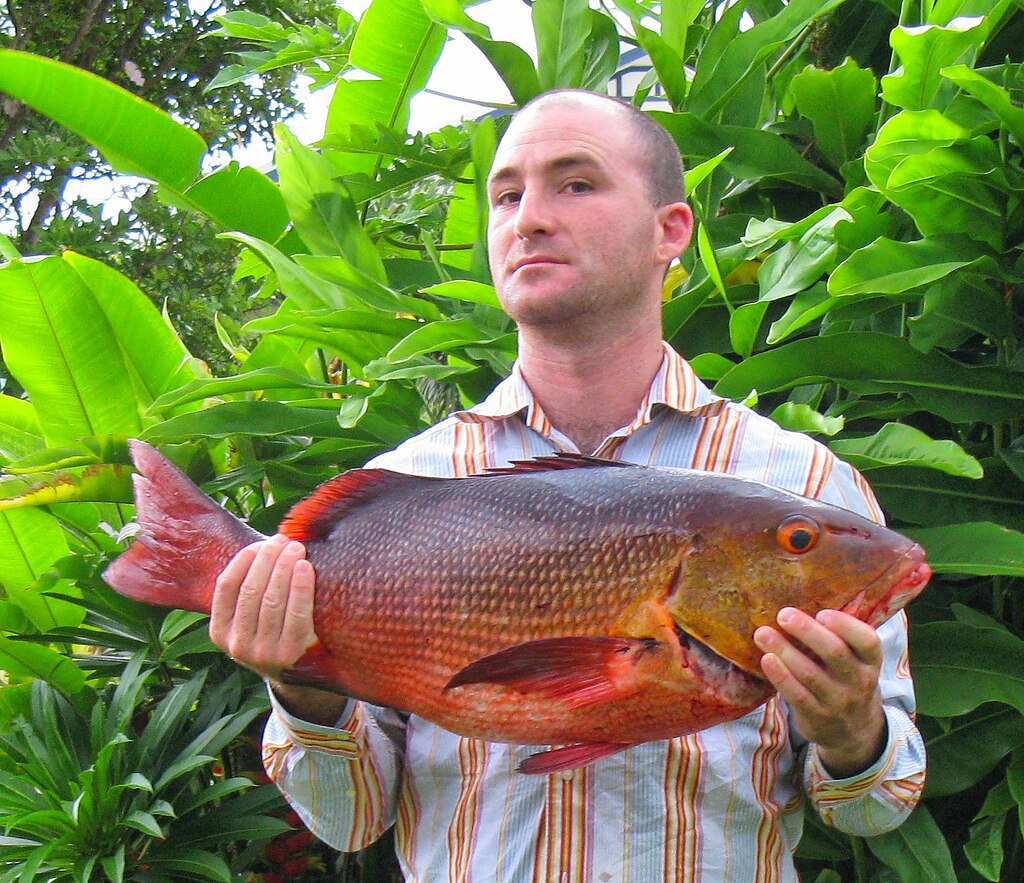










Post Comment